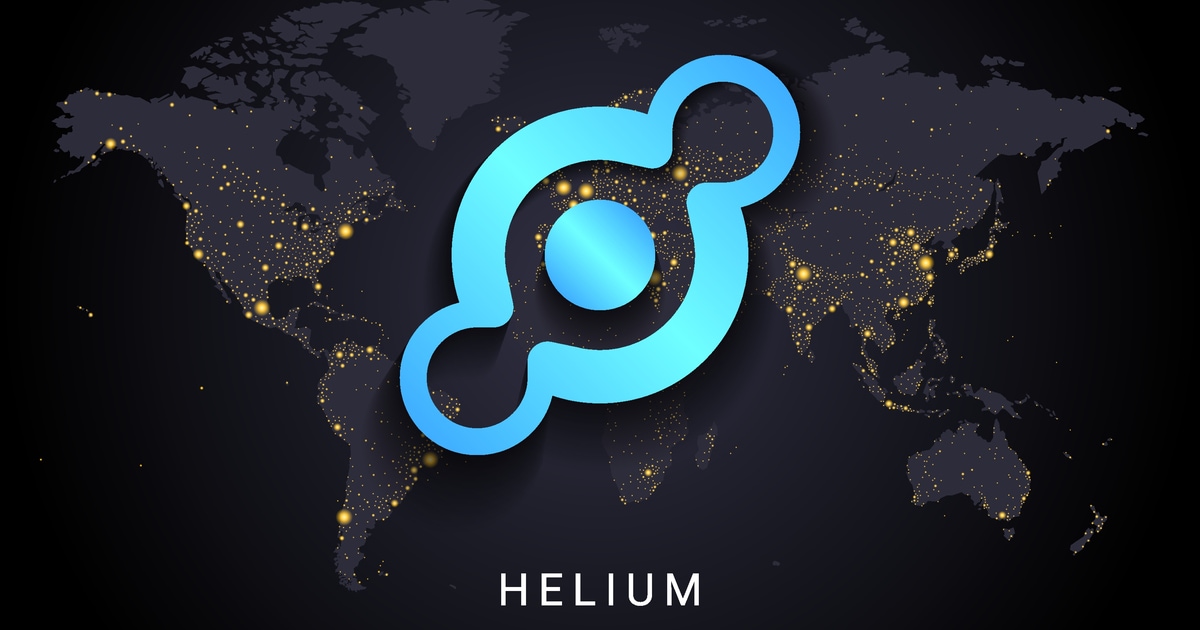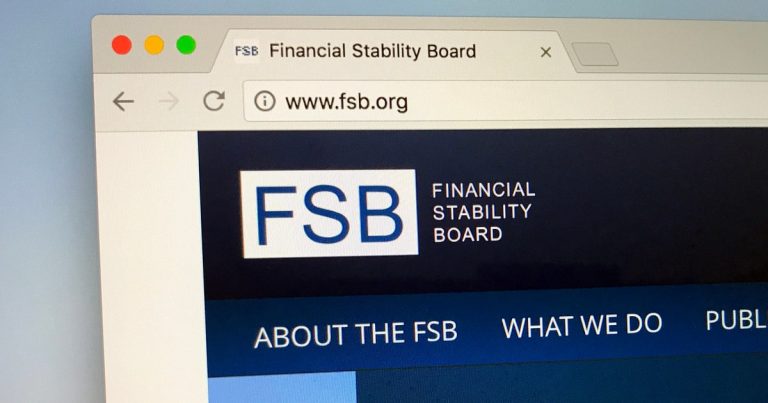Helium mining is the process of providing wireless coverage for the Helium Network, a decentralized network designed to support Internet of Things (IoT) devices. Participants, known as helium miners, deploy helium mining hotspots to contribute to the network’s coverage and are rewarded with tokens. Helium is “a global, distributed network of hotspots that create public, long-range wireless coverage for LoRaWAN-enabled IoT devices and cellular devices”.
The Helium Network and Helium Mining Hotspots
Launch date: 2019
Mission: To create a decentralized, open-source, accessible, and secure wireless network.
Coverage: Helium miners have deployed almost one million hotspots in over 77,000 towns and cities across 192 countries.
Helium Mining Hotspots: Devices like the bobcat miner, linxdot, rak miner, and nebra helium miner are popular helium hotspot miners used to mine HNT tokens.
How to Mine Helium (HNT)
1. Choose a Helium Miner (Hotspot)
Full Hotspots: Capable of receiving all rewards for participation, including proof-of-coverage activities.
Light Hotspots: Software-based hotspots that perform similar functions to full hotspots.
Data-Only Hotspots: Focus on transferring data and receive rewards only for data transfer.
Helium 5G Hotspot: For mining MOBILE tokens, you’ll need a Helium 5G Hotspot and compatible CBRS Small Cell Radio.
Since the Helium community approved hip 19, Users can buy devices provided by third-party manufacturers and vendors which producing and supplying “hotspots that mine Helium tokens for providing wireless connectivity.” Typical vendors include Atom, Bobcat, Atom, ClodPi, COTX Networks, Dragino, FreedomFi, Nebra, among others.
Connect the Helium Console and Wallet:
2. Helium Console: Manages the data transfer from IoT devices to the Helium Network.
Helium Wallet: Accumulates the HNT tokens that you receive. Wallet options include the Helium Hotspot App, Command Line Interface wallet, and Helium ledger wallet.
3. Physical installation of the device:
Connect the Antenna: Ensure that the antenna is connected to the antenna port.
Power Up and Connect: Turn on your hotspot and connect it via your phone using Bluetooth.
Register the hotspot: Follow the instructions in the Helium app to register the hotspot.
Wait for Syncing: Allow one or two days for the information to complete syncing before you can start mining HNT.
4. Optimize Your Helium Miner:
Height: Mount your antennas higher to improve mining performance.
Antenna: Choose the right gain and shielding for your antenna.
Proximity: Consider the distance from other hotspots to avoid competition or isolation.
5. Earn HNT Tokens:
Transferring Data: Earn HNT through transferring data to other devices in the network.
Proof of Coverage (PoC): Participate in PoC challenges to prove the quality of the coverage.
5G Mining (MOBILE Tokens): By setting up a Helium 5G Hotspot, you can earn MOBILE tokens for providing Helium 5G coverage.
tokens and Economics in Helium Mining
HNT Token: The native token of the Helium Network, mined by HNT miners or HNT token miners.
Data Credits (DCs): Used to pay for data transfer, network-related fees, and data transfer on IoT and Mobile networks.
IoT Token: A token associated with the Helium IoT Network.
Mobile Token: A token associated with the Helium Mobile Network.
SOL Token: Used for transaction fees on the network after migration to Solana blockchain.
migration to Solana (SOL) blockchain
Date of Migration Completion: April 19, 2023
Reason for Migration: Enhancing scalabilityexpansion, and reliability for helium miners.
Community Involvement: The Helium community voted for the migration.
Benefits for Helium Miners and Users: Smart contract functionality, new feature possibilities, lower costs, access to DeFi, network efficiency, SPL compatibility.
Impact on Tokens and Helium Mining Hotspots: Changes to HNT mining, governance, and foundation funding.
Integration with Existing Solana Programs: New tools, services, and features for the Helium Network.
roaming Integration and Helium Hotspot Miners
Extended Coverage: Helium hotspots communicate with other networks, extending reach and connectivity.
Interoperability with Other Networks: Interaction with other LoRaWAN networks through roaming agreements.
Enhanced functionality for IoT devices: Continuous connectivity for IoT devices across different network coverage areas.
Economic and Strategic Benefits: Expansion of coverage without significant investment in new infrastructure.
User Perspective: Seamless experience as devices move between different network coverage areas.
Reason for Roaming Integration: The explosive growth of the Helium Network has led to the creation of roaming integration, enabling the network to offer both public and private LoRaWAN networks access to its coverage. This integration allows for faster deployment of applications in more markets at a lower cost and with less hassle, contributing to the network’s expansion and accessibility.
Enterprise Solutions and Helium Mining
Helium offers carrier-class multi-provider and multi-band IoT networks for various sectors, including cities, industries, ports, ships, and seas.
Helium Mining Hotspots: Devices such as the bobcat miners are instrumental in building these networks.
Summary
Helium mining, through the deployment of helium mining hotspots like the bobcat miner, linxdot, rak miner, and nebra helium miner, has created a decentralized wireless network that supports IoT devices. The process of mining involves purchasing and setting up specialized hardware, providing network coverage, earning rewards, and staying informed about network developments and opportunities.
Roaming integration is a significant aspect of the Helium Network, enhancing its reach, functionality, and value, facilitated by helium hotspot miners. The migration to the Solana blockchain has been a pivotal moment, enhancing the network’s scalability, efficiency, and utility. With its innovative approach, Helium continues to redefine wireless connectivity, making it accessible and secure for all.
The Helium Network’s growth and the continued development of helium miners and helium mining hotspots position it as a leading force in decentralized wireless technology.
Image source: Shutterstock













+ There are no comments
Add yours